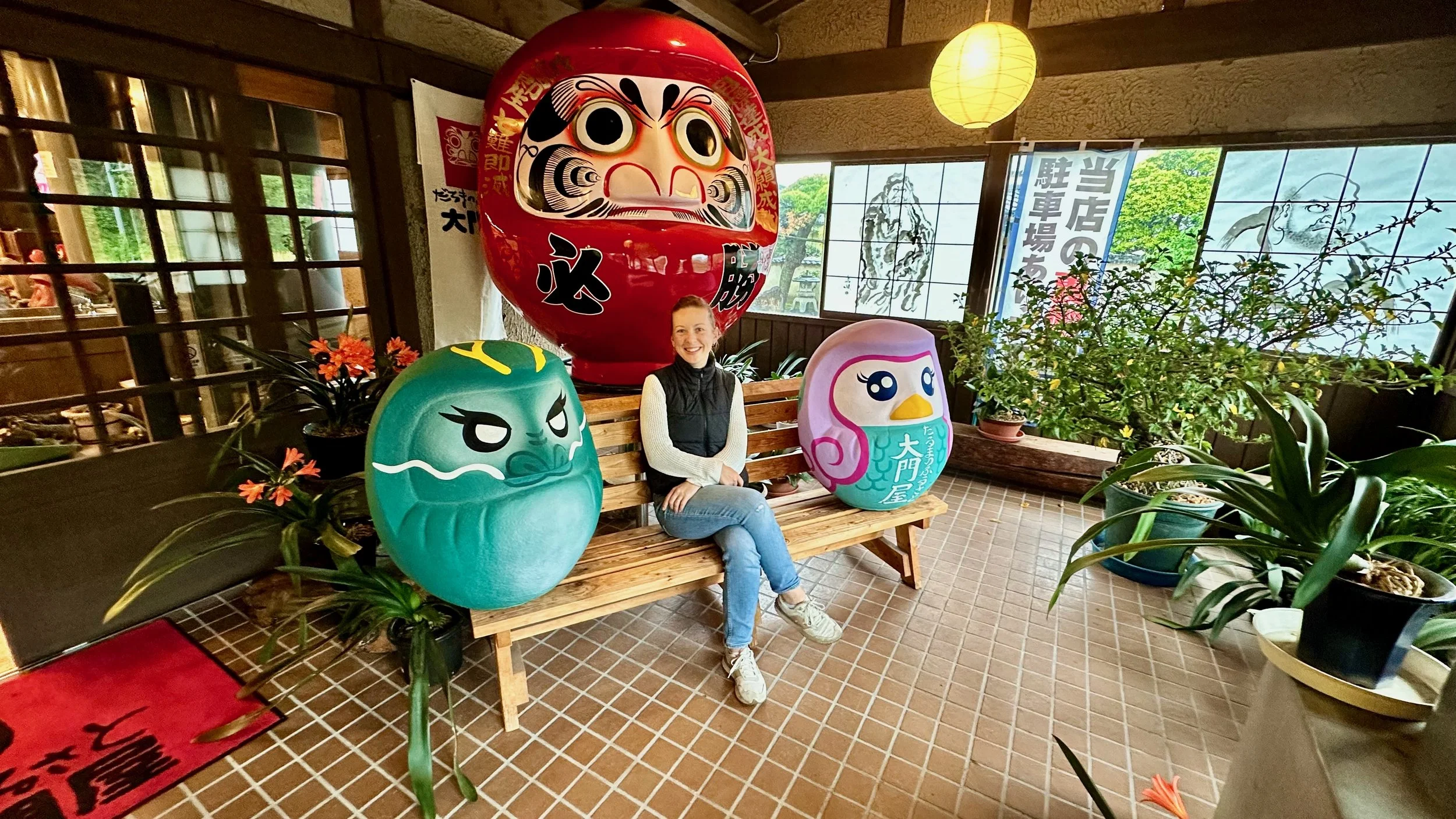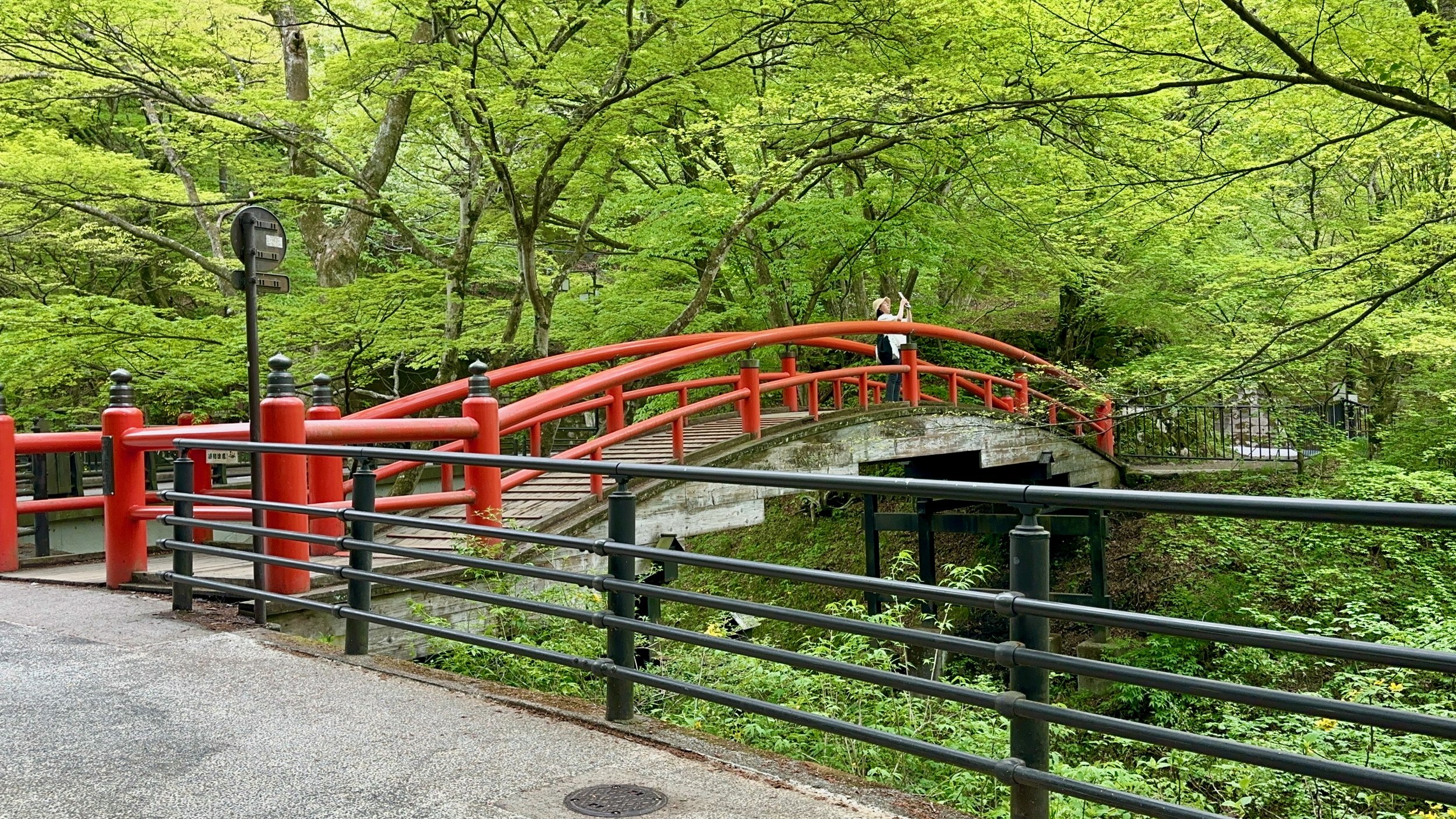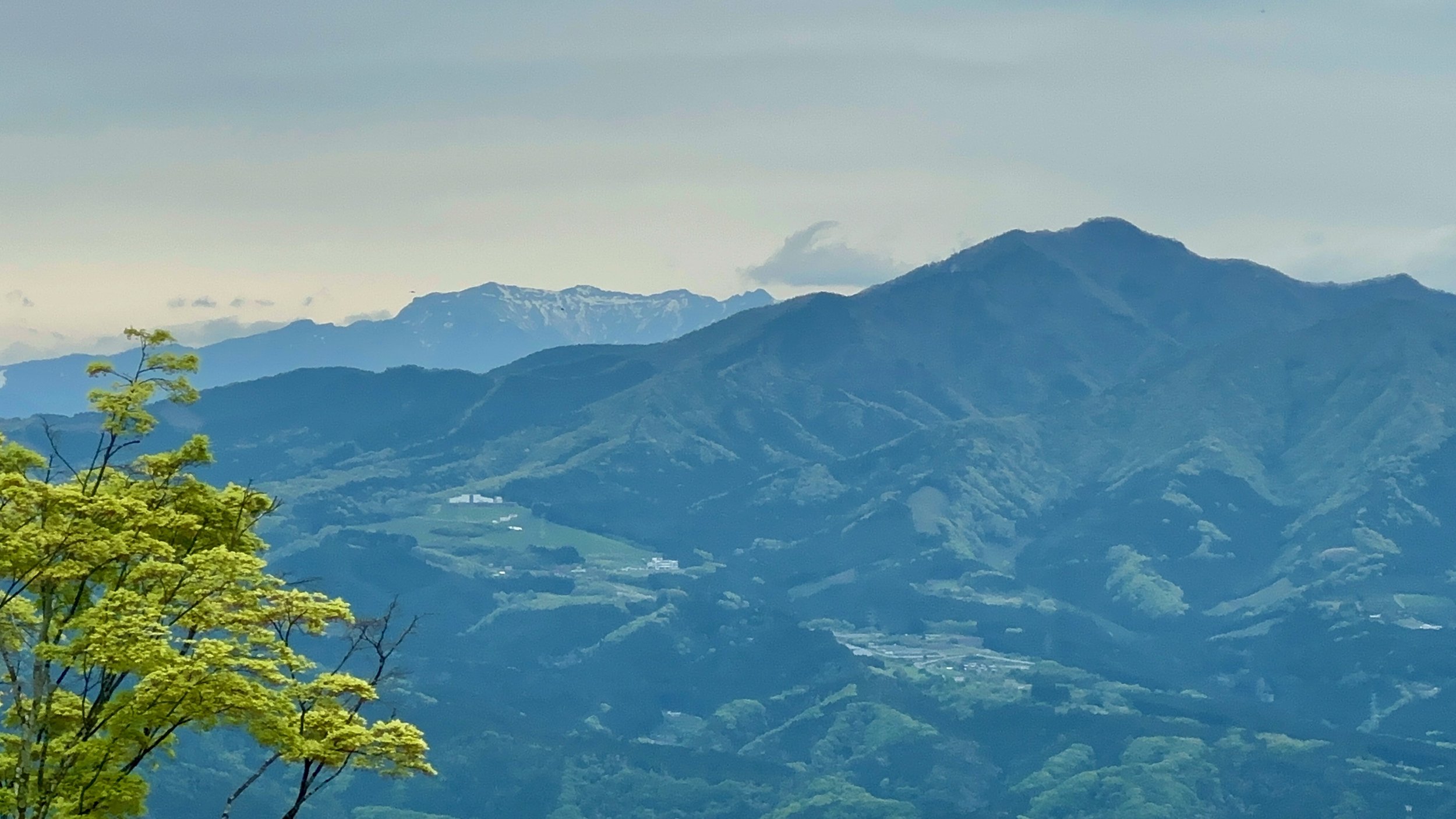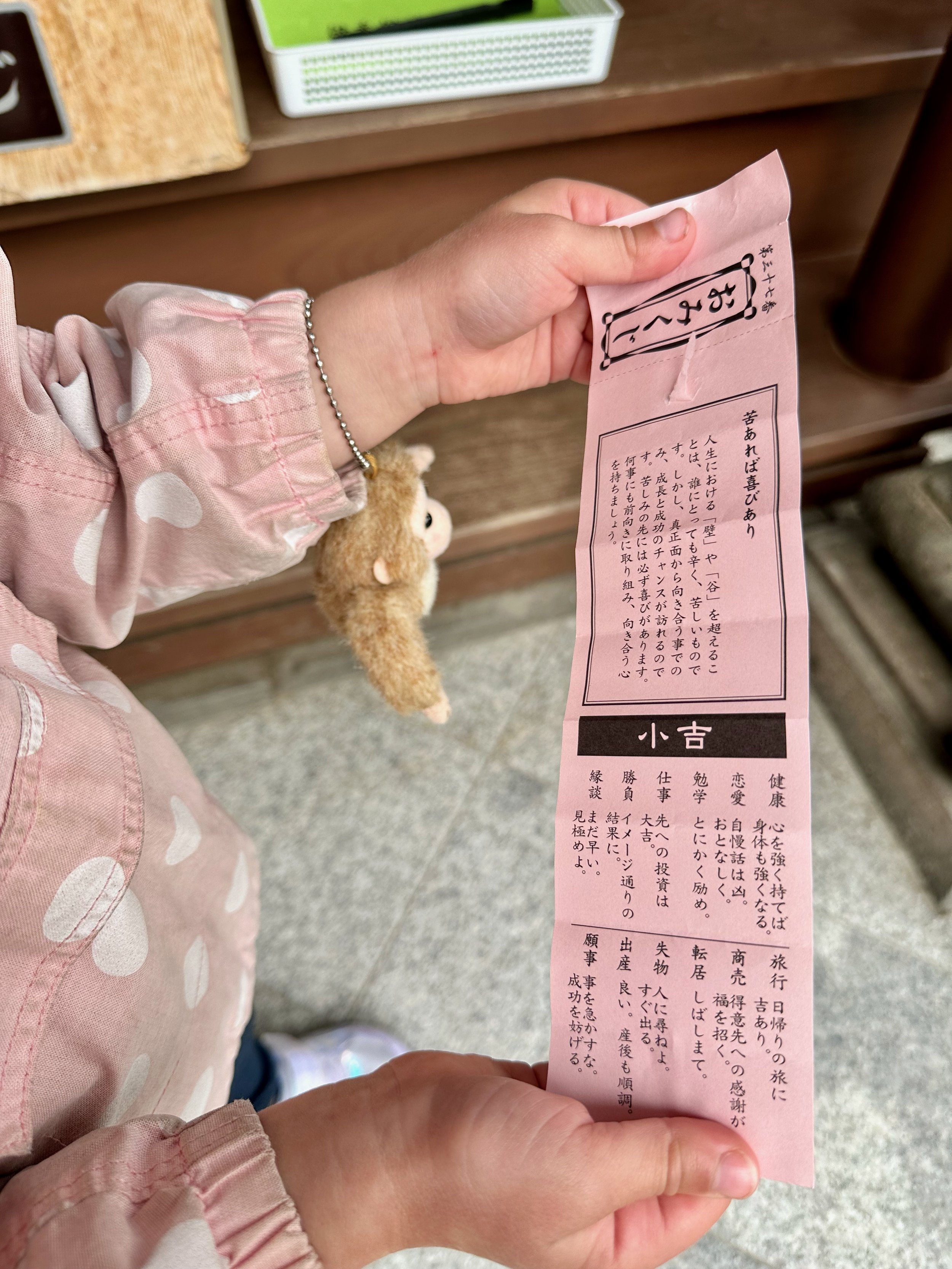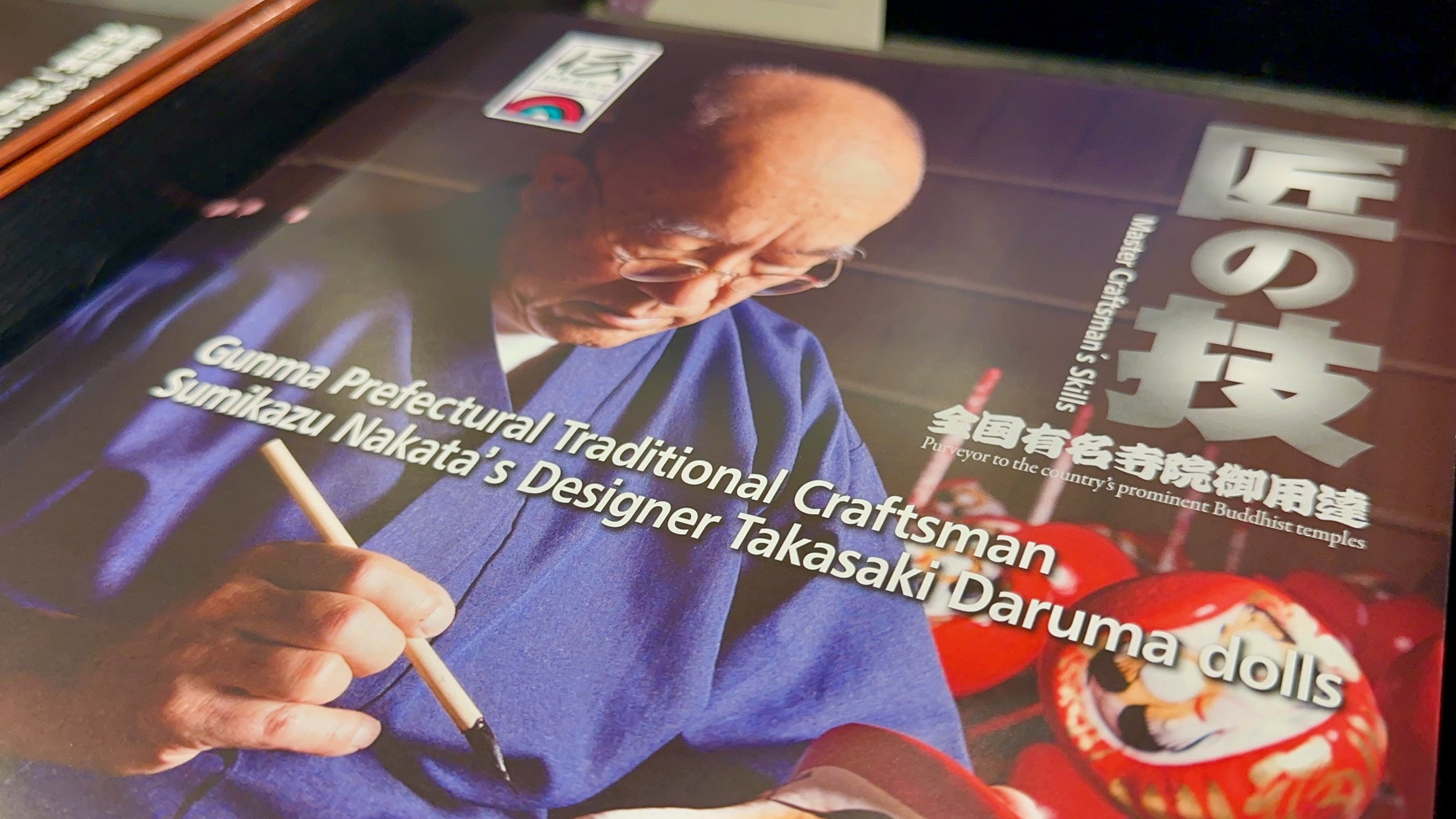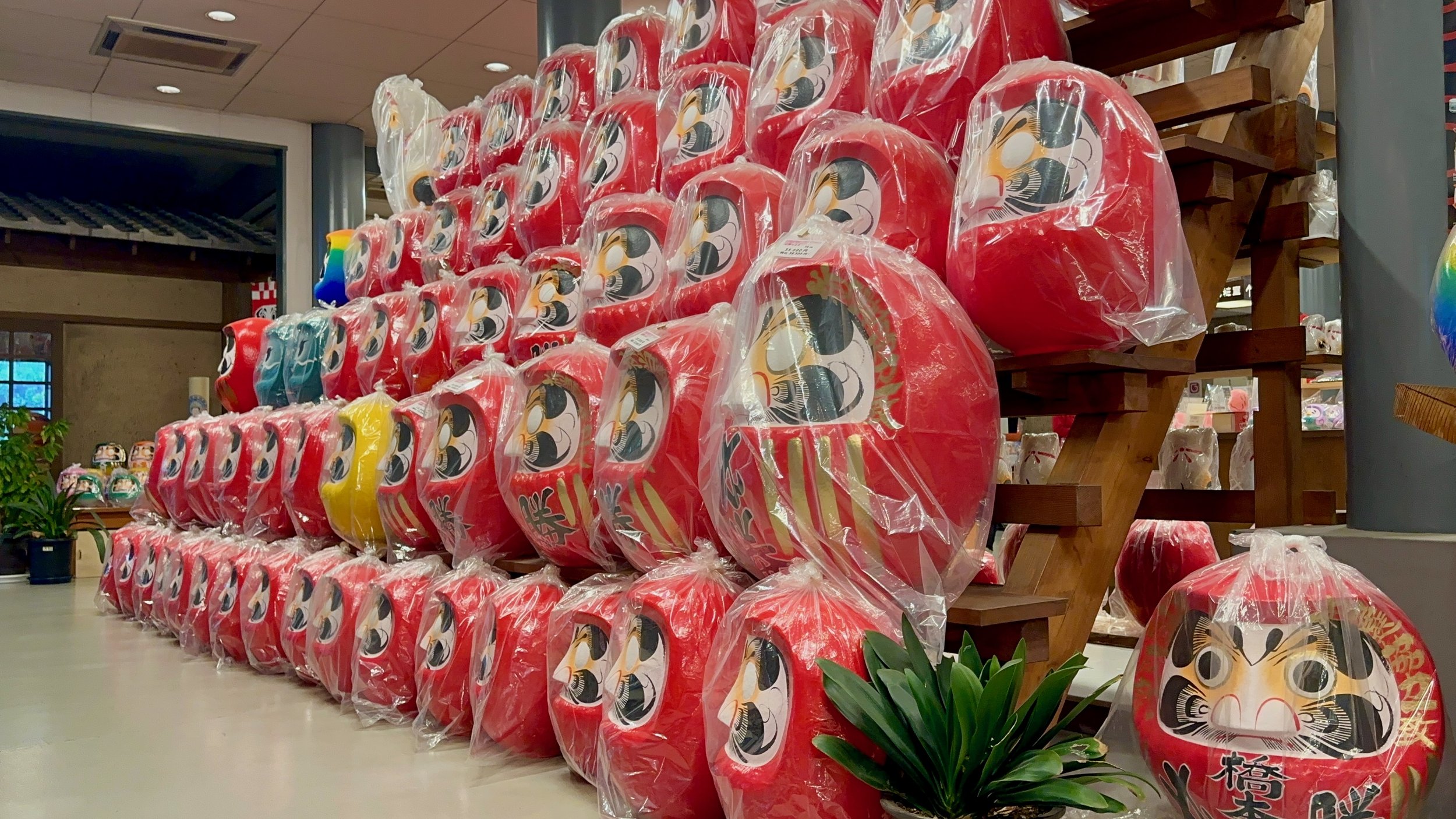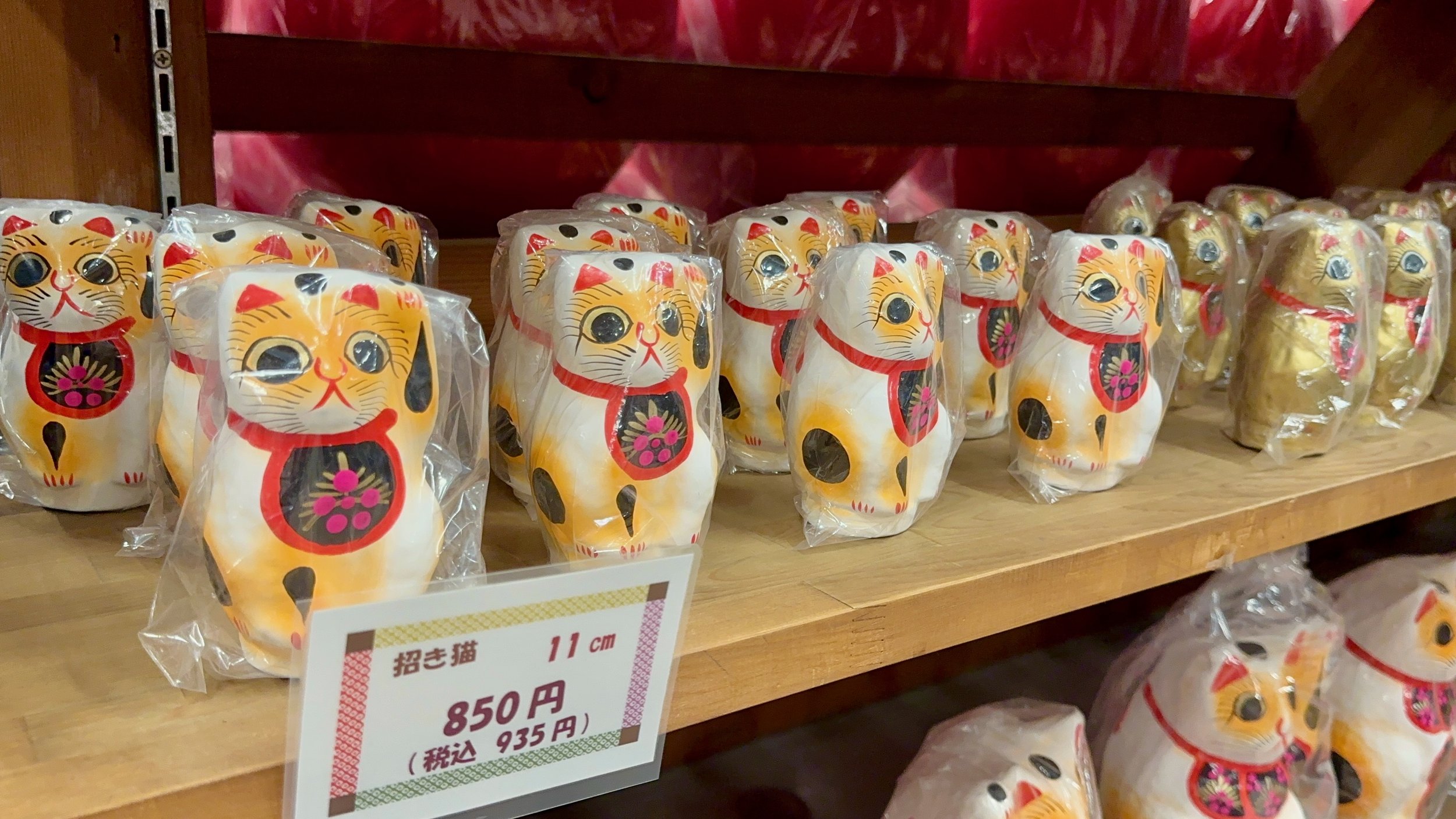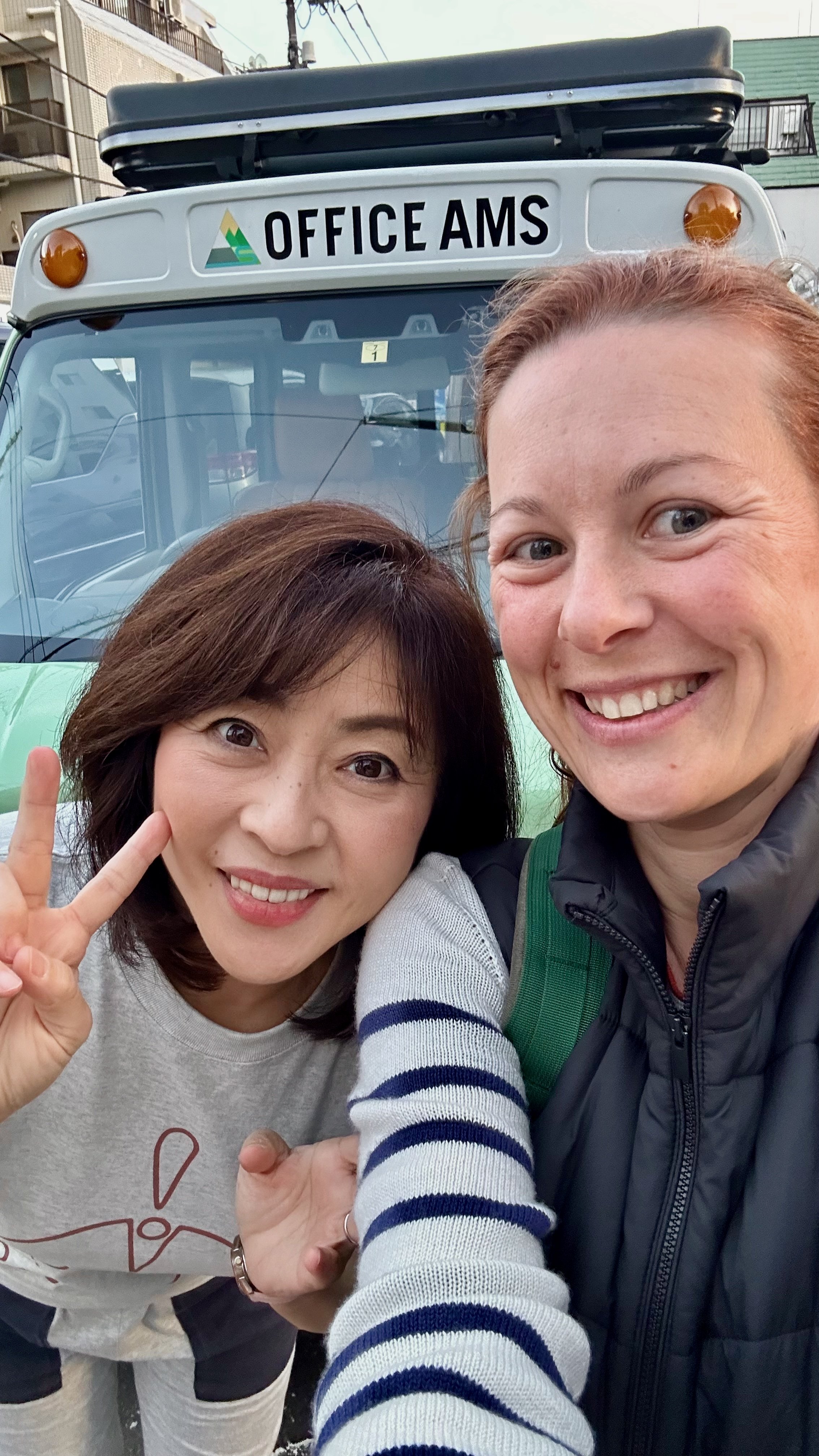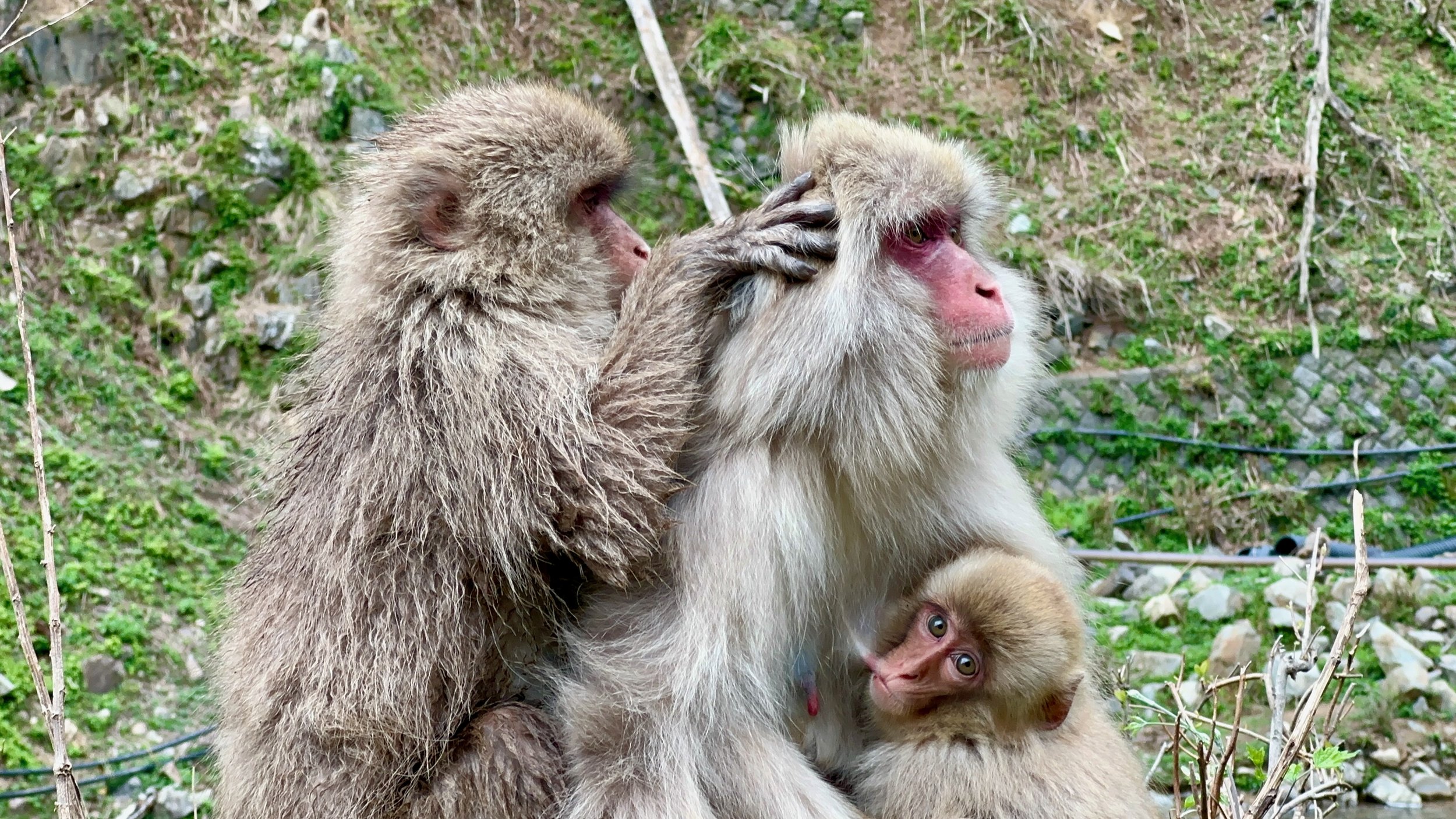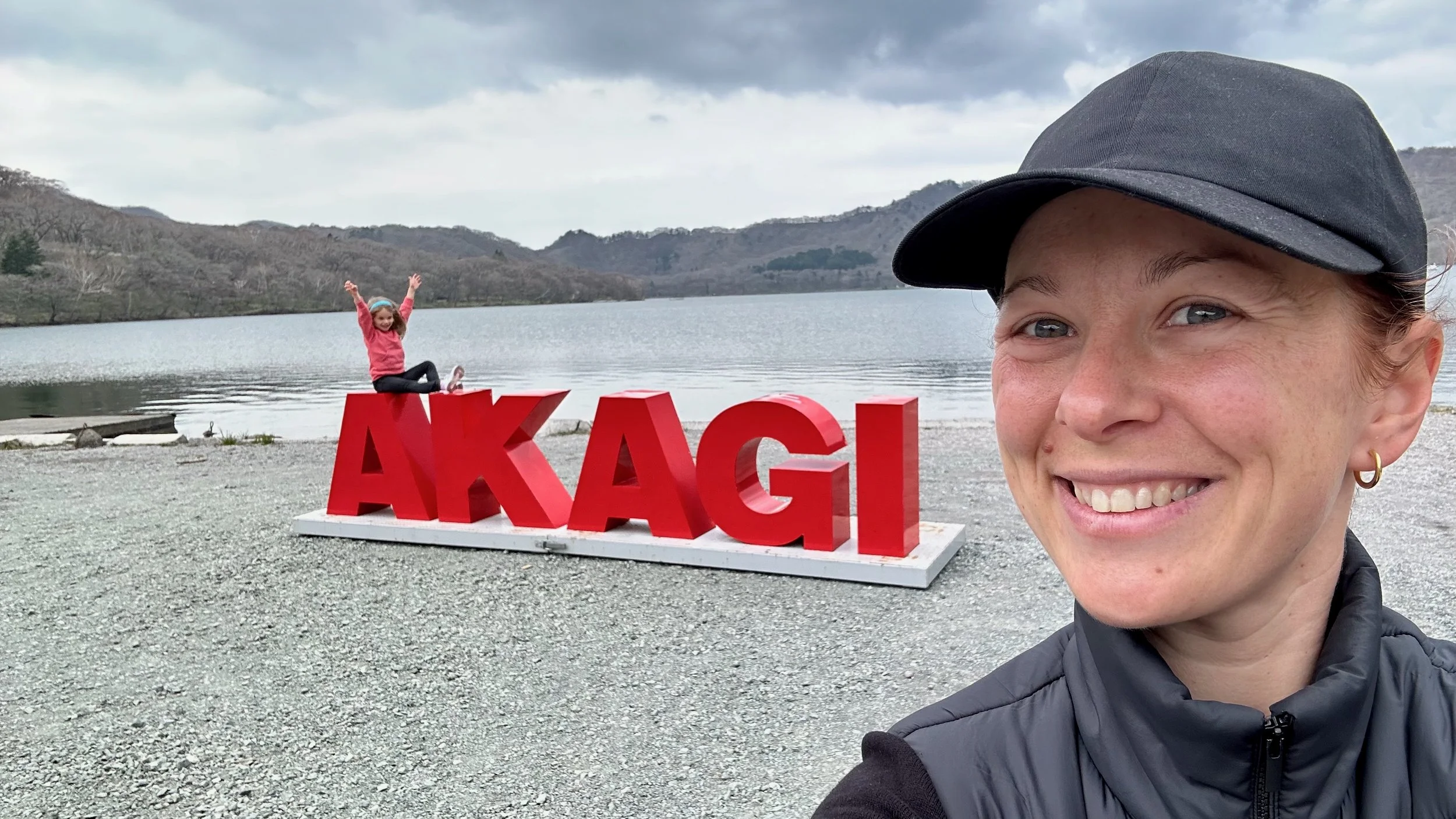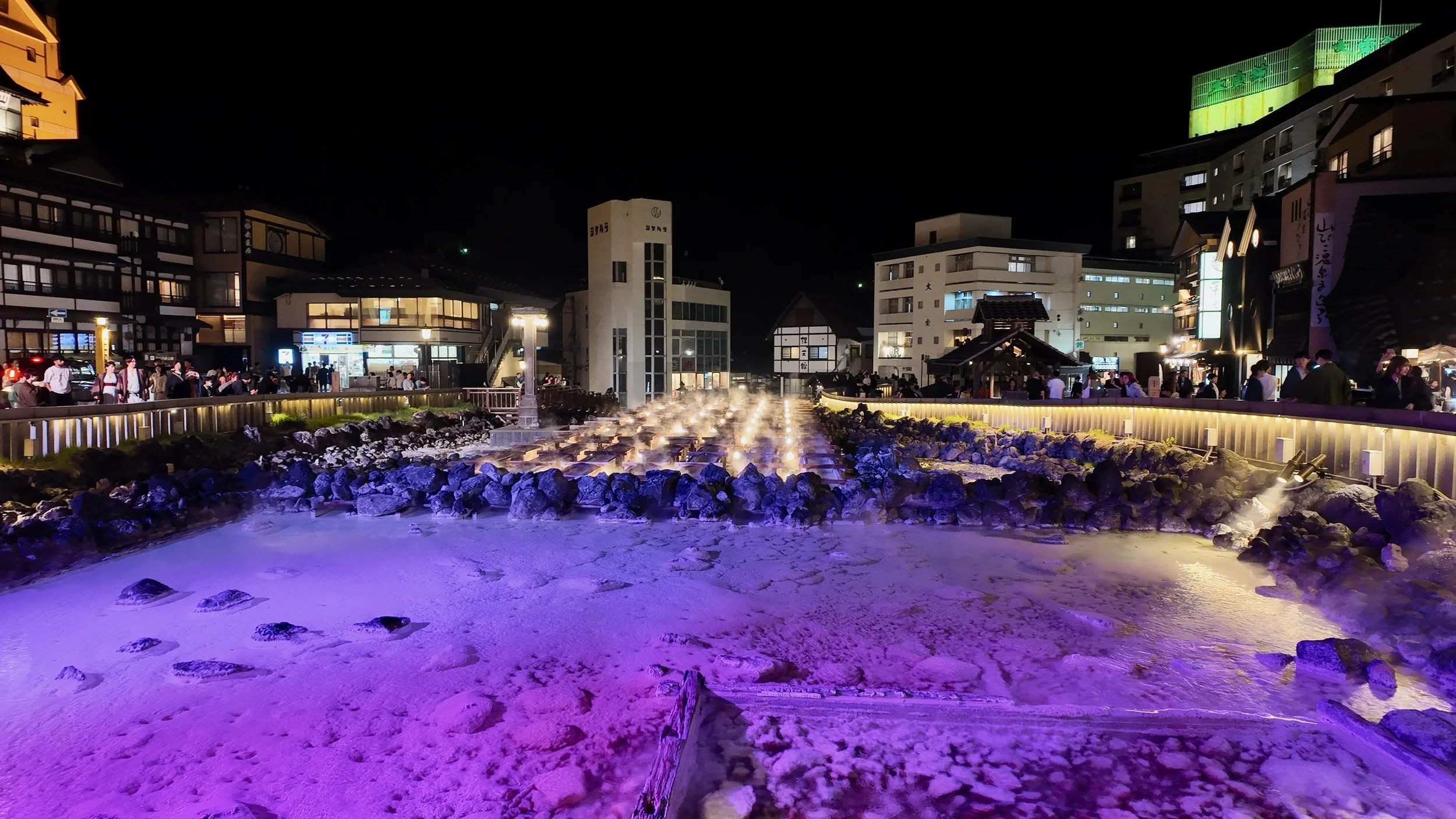5-day road trip in Gunma 「Day 5 : Ikaho Onsen & Takasaki」
With so much left to explore on the final day of our trip, it promised to be the busiest yet !!
waking up at Shibukawa Municipal Kajika-bashi Bridge Parking Lot
📍 ikaho onsen
IKAHO ONSEN
Ikaho Onsen, nestled on the eastern slopes of Mount Haruna, is known for its iron-laden thermal waters, making it one of Gunma Prefecture's most famous hot spring resorts. The town's charm unfolds along a 300-meter-long stone staircase, lined with ryokan, nostalgic game arcades, and quaint shops, offering a glimpse into Japan's Showa Period.
Venturing a few kilometers beyond Ikaho, visitors encounter Mizusawa Kannon, a beloved temple famous for its delectable udon noodles served at nearby restaurants. Additionally, the majestic Mount Haruna, with its serene caldera lake, provides a picturesque backdrop for exploration.
Ikaho's history, dating back to around year 759 is steeped in tradition and poetry, as evidenced by its mention in Japan's oldest surviving collection of poems, the Manyoshu.
Today, the town continues to attract visitors with its two distinct types of hot springs: the iron-rich Kogane no Yu and the newly discovered Shirogane no Yu.
ikaho onsen
At the heart of Ikaho lies its iconic stone staircase, with 365 steps symbolizing prosperity throughout the year. This charming thoroughfare is adorned with souvenir shops, foot baths, and tea houses, offering respite and refreshment to travelers exploring the area.
Initial D
Ikaho Onsen is a real-life setting for the anime Initial D, commemorated by seven unique manhole covers featuring characters and scenes from the series, offering fans a chance to explore the iconic landmarks of the show while enjoying the town's scenic 365 stone steps and relaxing foot baths.
Ikaho Shrine, perched atop the stone steps, serves as the guardian of the springs, exuding tranquility and reverence. As visitors ascend, they encounter zodiac symbols, hot spring buns, and playful attractions, each adding to the town's allure and inviting exploration of its rich history and natural beauty.
📍 Ishidan no Yu
The most convenient day trip hot spring from Ikaho Onsen is Ishidan no Yu, situated around the 94th step of the Stone Steps. You can purchase towels inside, eliminating the need to carry your own, and there's a cozy rest area on the second floor for post-soak relaxation as well as amenities such as shampoo and body soap.
Named after the iconic stone stairway of Ikaho, this communal bath offers hot spring water with Ikaho's signature reddish-brown hue, directly sourced from the spring. It's the perfect stop for a dip while exploring Ikaho Shrine or the Stone Steps.
address: 36 Ikahomachi Ikaho, Shibukawa, Gunma 377-0102
Hours: 10am-8pm (closed tuesday)
fees: adults: ¥410 - kids: ¥200
Ishidan no Yu
📍 Mizusawa-dera Temple
Mizusawa-dera Temple
Just a 10-minute drive from Ikaho Onsen, you'll find the enchanting Mizusawa-dera Temple, a hidden gem nestled on the mountain slope southeast of the onsen town.
As we arrived, the rain poured down, adding an extra layer of mystique to the area, making us feel like characters in a movie.
Mizusawa Kannon Temple boasts a rich history dating back over 1300 years, dedicated to Kannon, the Buddhist goddess of compassion.
While the temple's main treasure, an 11-faced, thousand-armed statue of Kannon, remains hidden from public view, the site holds significant religious importance as one of the 33 stops on the Kanto Kannon Pilgrimage.
Exploring the temple grounds reveals several structures, including a vibrant red main hall, a bell house, and a unique hexagonal pagoda adorned with intricate animal carvings.
One highlight is the pagoda's rotating inner column, which visitors can turn three times for good luck.
Legend has it that Mizusawa Kannon's origins are intertwined with a tale akin to Cinderella's story.
Princess Ikaho, the youngest of three sisters, faced peril at the hands of her jealous stepmother.
Miraculously saved by Kannon, she later founded the temple in gratitude, immortalizing her tale of divine rescue.
Under the pouring rain, we made our way for about 40 minutes to Takasaki, seeking refuge and curiosity in the renowned Daruma factory, Daimonya.
📍 daimonya
Sumikazu Nakata Traditional Craftsman and the 4th-generation of Daimonya
Sumikazu Nakata, a Gunma Prefecture Hometown Traditional Craftsman and the fourth-generation representative of Daimonya, upholds the legacy and tradition of the company by producing 70,000 Daruma dolls annually in 22 sizes.
Renowned for their meticulous craftsmanship, Daimonya focuses on the intricate details of the dolls' faces, expertly crafted by Nakata himself, imbuing each doll with heartfelt dedication towards wish fulfillment.
Beyond Daruma doll production, Nakata delves into the history of Daruma and advocates for traditional craftsmanship. Inspired by century-old wooden patterns, Daimonya has revived the Hyakunen Daruma using environmentally friendly materials, ensuring the dolls return to the earth safely once completed.
Collaborating with gold and silver leaf craftsman Sakuda, they have embarked on creating pure gold leaf Daruma dolls, blending traditional crafts to innovate and honor Japan's rich artistic heritage.
Daruma dolls are iconic symbols of good luck and perseverance in Japanese culture, traditionally used to mark personal goals or wishes. Modeled after the legendary Bodhidharma, the dolls feature a distinctive round shape, one eye filled in to signify a wish, and a vibrant red color symbolizing prosperity and fortune.
Beyond granting wishes, daruma serve as reminders of self-discipline and resilience, embodying the spirit of Zen Buddhism. Their popularity extends to various aspects of Japanese culture, from literature and TV to anime and video games, making them ubiquitous symbols of determination and hope.
address: 124-2 Fujizukamachi, Takasaki, Gunma 370-0875
Hours: 9am-5pm (Open all year round)
We spent the rest of the day wandering through the countryside near Takasaki, strolling slowly in the plum tree fields, smelling flowers, and watching bees buzz and birds tweet.
We encountered our first ever kiri tree — a magnificent, tall tree with huge purple flowers. Its light wood is traditionally used to create kimono chests of drawers.
kiri tree in gunma
Then it was time to drive about three hours back to Tokyo.
Our time in Gunma was amazing and relaxing, and we highly recommend it to anyone looking to experience a slice of nature where time seems to stand still and rejuvenate you. This was our third road trip in a year—in a big van for our Mount Fuji trip, then in a kei car in Gifu, and now Gunma. Spending just about ¥10,000 a day for transport and accommodation for three people is incredibly convenient. However, it’s not the most comfortable way to travel or sleep, so we’ve decided that next time, we’ll try something different — maybe using trains and staying in a real bed!
The challenge will be to keep the budget low because our goal has always been to explore free or cheap activities and spend as little as possible. Nature offers so much that you don’t need to spend a fortune to enjoy life’s little pleasures. Although Japan isn’t known for cheap transport and accommodations, we’ll find a way.
Next time, I’ll update you on our next adventure and how we managed to balance comfort and budget.
Where will we go next? Mata ne!
we rented the van to : Van Life Car Rental

